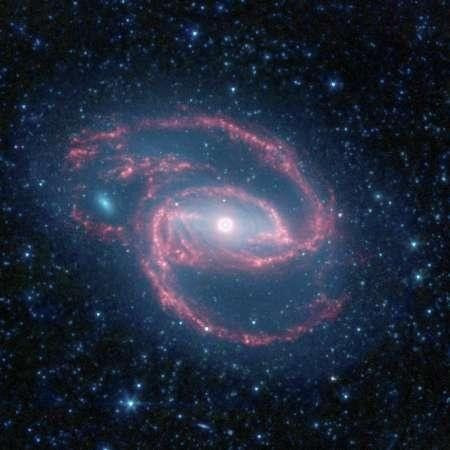Interactive Dark Matter Could Explain Milky Way's Missing Satellite Galaxies
Scattered Dark Matter is Said to be The Reason Behind it

Scientists have discovered that there are far lesser galaxies visible from the telescope in the Milky Way than the actual number that must be there. According to the indication of the computer simulations of the formation of our galaxy there should be several smaller galaxies around the Milky Way. The calculations were carried out using the COSMA supercomputer at Durham University, which is part of the UK-wide DiRAC super-computing framework.
This had left scientists wondering about the causes and the well known theory of cold dark matter. Scientists state that the dark matter is responsible for the formation of galaxies around the Milky Way and it should allow the formation of more galaxies than the number presently seen. The problem had got hold of the scientist a scientific explanation has solved the problem.
Now cosmologists and particle physicists at the Institute for Computational Cosmology (ICC) and the Institute for Particle Physics Phenomenology (IPPP), at Durham University, working with colleagues at LAPTh College & University in France, have found a probable solution. They say that the dark matter has scattered due to the gravitational force and an interaction with the photons and neutrinos in the young universe. They say that it could be that intergalactic gas that is essential for the formation of galaxies and stars was trapped by the clumps of dark matter that emerged during the early universe. And now that the dark matter is scattered, the structures to trap the gas is not present. This has resulted in the halt of galaxy formation, hence the number that have to be present is lesser.
Lead author Dr Celine Boehm from the Institute for Particle Physics Phenomenology at Durham University said that they are unsure of how strong these interactions should be, "so this is where our simulations come in." Boehm explained that by tuning the strength of the particles that have been spread out, the number of galaxies can be changed and this allows them to learn more about the physics of dark matter and its interaction with the other particles in the universe.
"This is an example of how a cosmological measurement, in this case the number of galaxies orbiting the Milky Way, is affected by the microscopic scales of particle physics," said Boehm. There are several theories that have been formulated to understand the reason behind this, but researchers said that this would be the most novel approach to understand and probe deeper into the interactions between dark matter and other particles.
The work was funded by the Science and Technology Facilities Council and the European Union.




















